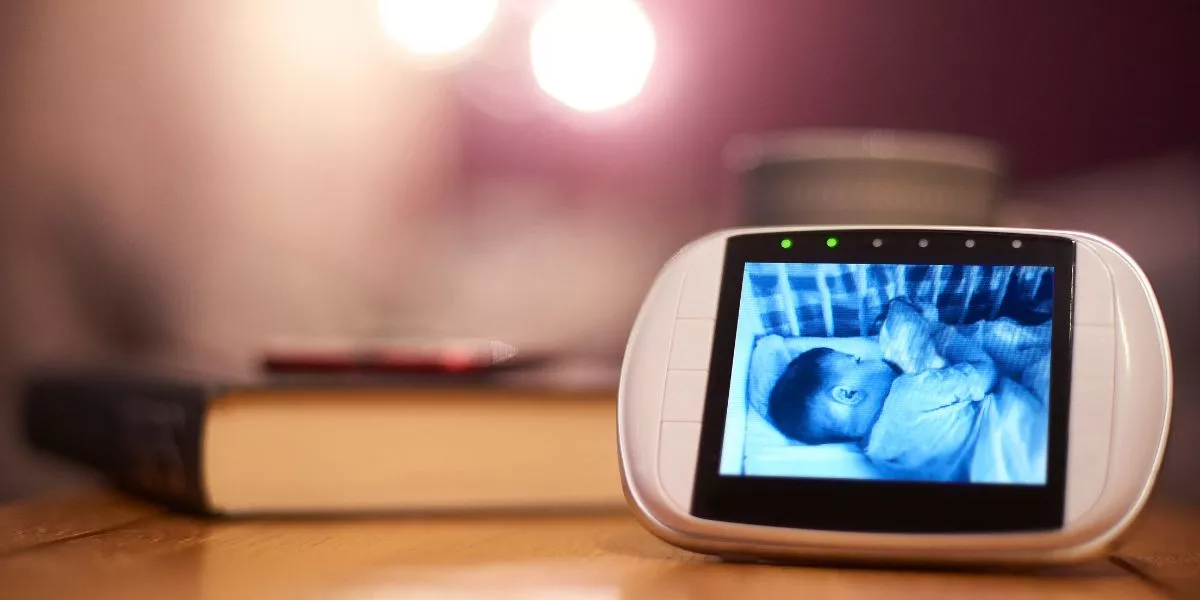When buying a baby monitor, make sure you focus on key aspects like clear video and audio quality, range and signal strength, night vision capability, two-way communication features, and additional customizable options such as temperature sensors or lullabies to suit your specific preferences. These features are essential for keeping an eye on your little one and ensuring peace of mind.
Video and Audio Quality
When selecting a baby monitor, prioritize clear video and crisp audio quality to ensure you can monitor your baby effectively. The quality of the video feed is crucial for observing your baby's movements and activities in real-time. Look for monitors that offer high-definition video resolution to provide clear images on the parent unit. Additionally, opt for a monitor with infrared night vision capabilities, allowing you to see your baby clearly even in low-light conditions.
In terms of audio quality, choose a baby monitor that delivers clear and uninterrupted sound from your baby's room. The ability to pick up even the slightest sounds, such as your baby's breathing or movements, is essential for ensuring their safety and well-being. Some monitors also offer two-way audio features, enabling you to soothe your baby with your voice from another room.
Range and Signal Strength
Ensuring a sufficient range and strong signal strength is crucial when selecting a baby monitor for reliable monitoring of your baby. When choosing a baby monitor, consider the size of your home and whether you'll need to move around with the monitor. Opt for a monitor with a range that covers the entire area you plan to use it in, including outdoor spaces if needed. A strong signal strength is essential for preventing interference and ensuring that you can always hear or see your baby clearly. Look for monitors that use DECT technology for secure and interference-free transmission.
Keep in mind that obstacles like walls can affect the signal strength and range of the monitor, so it's advisable to test the monitor in different areas of your home before relying on it completely. Some monitors come with signal indicators to help you determine if you're within range. Prioritize a monitor with a reliable range and signal strength to provide you with peace of mind while your baby sleeps.
Night Vision Capability
For reliable monitoring in low-light conditions, consider a baby monitor with night vision capability. Night vision is a crucial feature that allows you to keep an eye on your baby even when the room is dark. This technology uses infrared LEDs to capture clear images in black and white, ensuring you can see your baby without disturbing their sleep with bright lights.
When choosing a baby monitor with night vision capability, look for one that offers automatic activation of the night vision mode. This feature ensures that the monitor seamlessly switches to night vision when the light in the room dims, providing continuous monitoring without interruptions.
Additionally, opt for a baby monitor with enhanced infrared technology for better clarity and range in low-light environments. High-quality night vision cameras can cover a wider area and deliver sharp images, giving you peace of mind knowing you can monitor your baby effectively, day or night. Night vision capability is a must-have feature for round-the-clock monitoring of your little one.
Two-Way Communication
Consider incorporating a speaker feature for seamless communication with your baby in real-time. Two-way communication allows you to hear your baby and respond immediately, offering comfort and reassurance even when you're not physically present in the room. This feature enables you to soothe your baby with your voice, calming them down without having to rush to their side every time they make a sound.
When choosing a baby monitor with two-way communication, look for clear audio quality to ensure that you can hear your baby clearly, and they can hear you as well. Some monitors even come with noise-canceling technology to eliminate background noise, providing a more focused and uninterrupted line of communication between you and your little one.
Having the ability to talk back to your baby through the monitor can be especially useful for easing separation anxiety or simply checking in on them without disturbing their sleep. It creates a virtual presence that can offer both you and your baby peace of mind throughout the day or night.
Additional Features to Consider
When looking for a baby monitor, prioritize features that cater to your specific needs and lifestyle. In addition to two-way communication, consider other features that can enhance your monitoring experience. Look for monitors with temperature sensors to ensure your baby's room is comfortable. Some models offer lullabies or night lights to soothe your little one back to sleep. Motion and sound sensors are useful for alerting you to any unusual activity in the nursery.
Another important feature to consider is the range of the baby monitor. If you have a larger home, opt for a monitor with a longer range to maintain a strong connection throughout your house. Some monitors come with multiple camera capabilities, allowing you to monitor different rooms simultaneously. Look for monitors with rechargeable batteries or low-battery indicators to avoid sudden shutdowns. Additionally, consider monitors with adjustable camera angles or zoom features for better visibility. By selecting a baby monitor with these additional features, you can ensure a more convenient and secure monitoring experience for you and your baby.

